Olive Young - Jongno 1(il)-ga Branch [Tax Refund Shop] (올리브영 종로1가)
18.1Km 2024-04-16
19, Jong-ro, Jongno-gu, Seoul
-
Horangii (호랑이)
18.1Km 2023-12-22
157 Eulji-ro, Jung-gu, Seoul
Horangii Coffee, located in Euljiro, Seoul, boasts a retro yet hip atmosphere. Furniture and picture frames with traces of time gone by and impressive props with the concept of a tiger come together to create a distinct atmosphere unique to this place. There are tables both inside and outside the cafe, but due to its small size, it is always crowded with customers. The signature menu items here are Horangii Latte and Fruit Sando. Horangii Latte has an impressive savory yet sweet flavor. Fruit Sando, made with whole fresh seasonal fruits, combines with soft whipped cream for a unique taste.
Swiss Grand Hotel (formerly GrandHilton Seoul) (스위스 그랜드 호텔(구 그랜드힐튼 서울))
18.1Km 2020-04-02
353, Yeonhui-ro, Seodaemun-gu, Seoul
+82-2-3216-5656
Located 7km northwest of Seoul City Hall, Swiss Grand Hotel is situated beside Baekryoensan Mountain, offering fresh mountain air and a beautiful natural view.
The hotel is located 40 minutes away from Incheon International Airport, 15 minutes from Seoul City Hall and 10 minutes from World Cup Stadium.
Dakgopsae (닭곱새)
18.1Km 2021-03-19
7, Jong-ro 5gil, Jongno-gu, Seoul
+82-2-6226-8220
This Korean cuisine is located near Jonggak Station, Seoul. The representative menu is chicken, beef small intestine and shrimp hot pot. A restaurant where chicken, intestine, and shrimp are fried and served with spicy sauce.
Mijin (미진)
18.1Km 2024-03-06
19 Jong-ro, Jongno-gu, Seoul
+82-2-732-1954
Mijin is a Korean-style cold buckwheat noodle restaurant located near Gwanghwamun, specializing in Korean-style naeng memilguksu (cold buckwheat noodles). They offer a broth that is richer in flavor compared to Japanese soba bonito soy sauce, along with chewier buckwheat noodles. The restaurant produces the broth and noodles in-house and serves them directly to customers. The cold broth and buckwheat noodles condiments can be adjusted according to preference. Another popular menu is the memil jeonbyeong (buckwheat crepe) filled with bean sprouts, bean curd, aged kimchi, and ground pork.
RADOST (라도스트)
18.1Km 2021-03-22
17, Ujeongguk-ro, 2-gil, Jongno-gu, Seoul
+82-2-734-8945
A restaurant frequented by office workers in Jongno after work. The best menu at this restaurant is deep-fried and braised boneless chicken. This Korean dishes restaurant is located in Jongno-gu, Seoul.
Bosingak Belfry (보신각 터)
18.1Km 2024-03-04
54, Jong-ro, Jongno-gu, Seoul
+82-2-2133-2641
Bosingak Belfry is also known as Jonggak. It was the site in which a large bell, used to keep the time in Seoul, was found during the Joseon period (1392-1897). Bosingak Belfry was burned down during the Korean War (1950-1953) and was reconstructed in 1979. The original bell was moved to the Gyeongbokgung Palace, and a new bell was forged in 1985. At midnight, January 1, the bell at the Bosingak Belfry is rung to welcome the new year. Many people gather around the belfry to make a wish for their new year.
Rakeusyun (라크슌)
18.1Km 2021-03-20
97-6, Cheonggyecheon-ro, Jongno-gu, Seoul
+82-2-2266-8815
A place where you can enjoy Japanese and fusion dishes cooked by the owner and chef with 20 years’ experience. This Japanese (cuisine) restaurant is located in Jongno-gu, Seoul. The most famous menu is tonkotsu instant noodles.
Uniqlo - Gwanghwamun D Tower Branch [Tax Refund Shop] (유니클로 광화문D타워)
18.1Km 2024-04-17
17, Jong-ro 3-gil, Jongno-gu, Seoul
-
Gwanghuimun Gate (광희문)
18.1Km 2021-02-24
344, Toegye-ro, Jung-gu, Seoul
+82-2-3700-3900
Gwanghuimun Gate is said to have been originally constructed in 1396, the 5th year of King Taejo, at the southeast of the capital city. It was often referred to as Sugumun Gate (water channel gate) and was actually used as a Sigumun, literally meaning “corpse gate,” as funeral processions passed through this gate when exiting to the east.
During the Imjin War (1592-1598), the fortress gate was destroyed to such a degree that it made finding the original location close to impossible. Nevertheless, reconstruction efforts were started in 1711 (37th year of King Sukjong) and the gate was restored together with the gate's watchtower. Gwanghuimun Gate remained intact even when the fortress walls were demolished to build tram tracks during the Japanese occupation, but it was later damaged during the Korean War and left neglected. In 1975, restoration work was carried out to relocate Gwanghuimun Gate to a site 15 meters south of its original location since it stood in the middle of the road.
![Olive Young - Jongno 1(il)-ga Branch [Tax Refund Shop] (올리브영 종로1가)](http://tong.visitkorea.or.kr/cms/resource/16/2878216_image2_1.jpg)
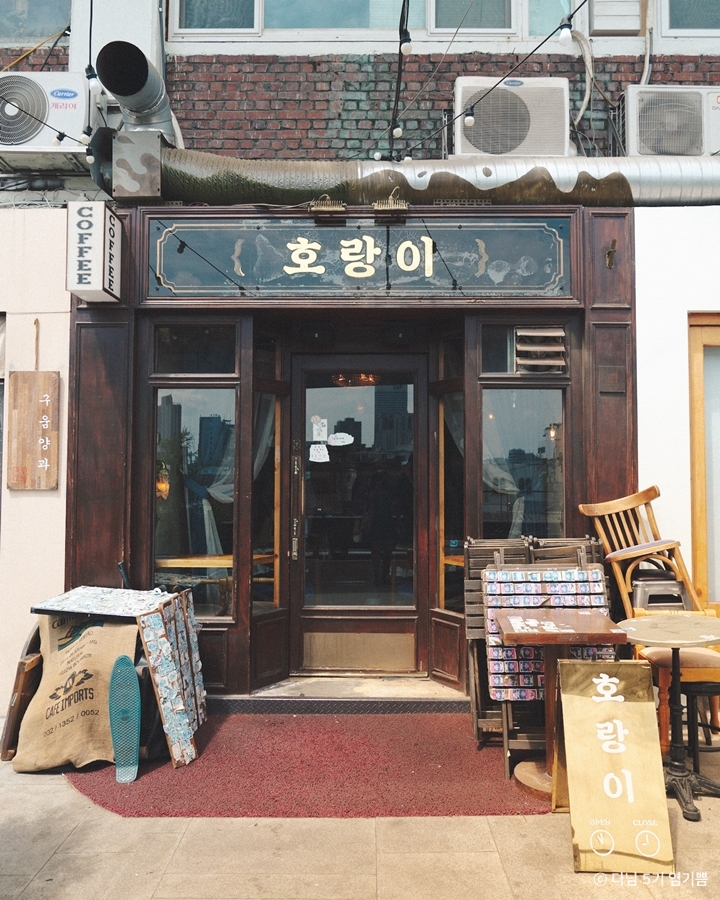

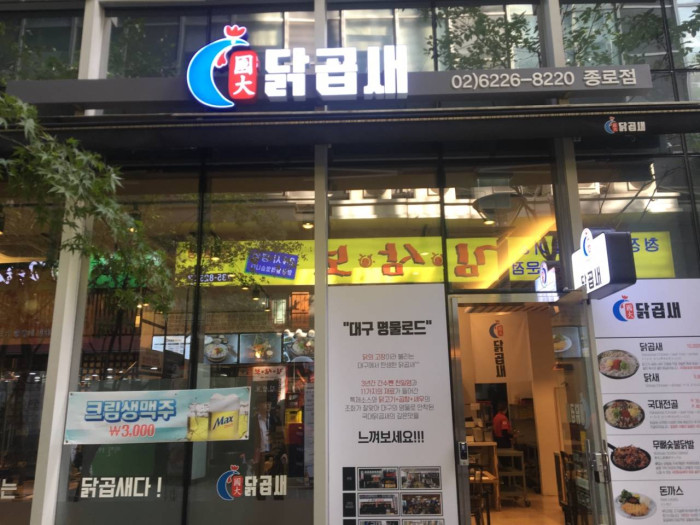
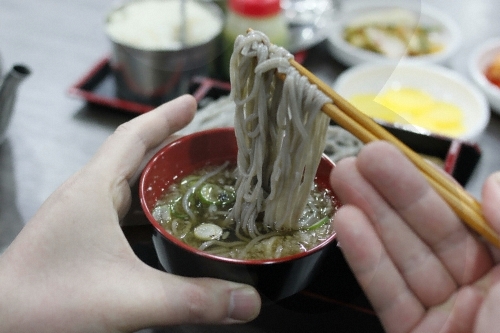
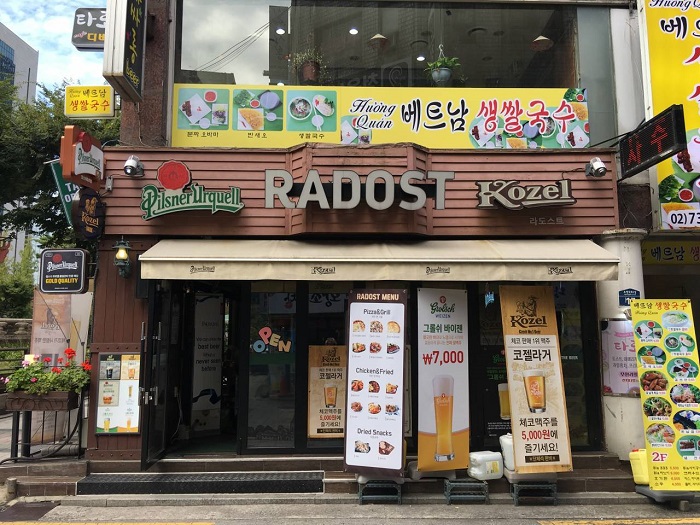
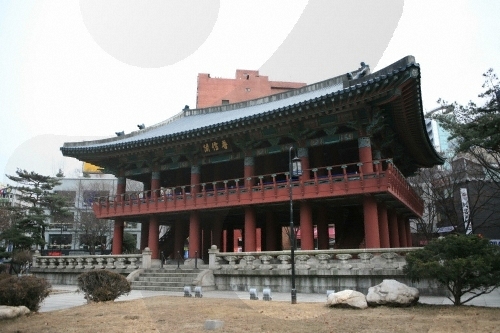
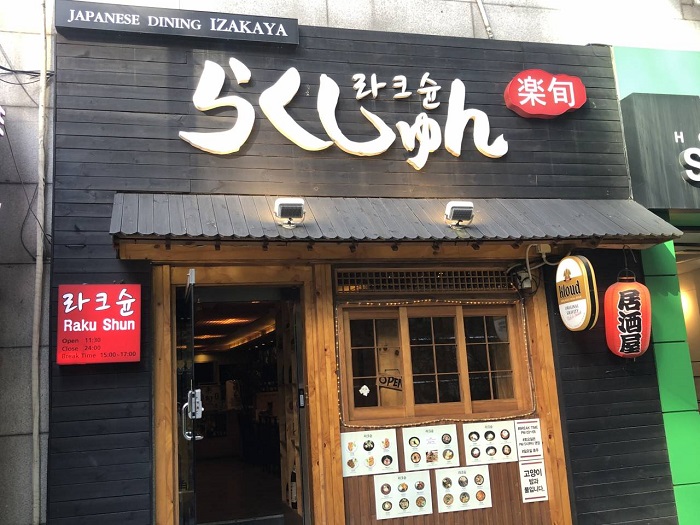
![Uniqlo - Gwanghwamun D Tower Branch [Tax Refund Shop] (유니클로 광화문D타워)](http://tong.visitkorea.or.kr/cms/resource/15/2878215_image2_1.jpg)
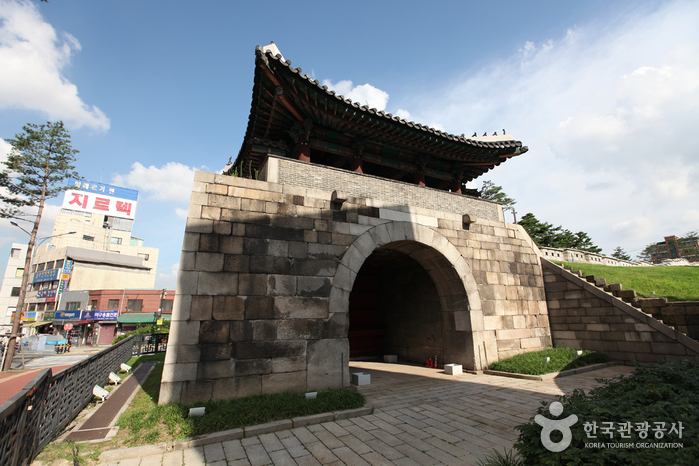
 English
English
 한국어
한국어 日本語
日本語 中文(简体)
中文(简体) Deutsch
Deutsch Français
Français Español
Español Русский
Русский